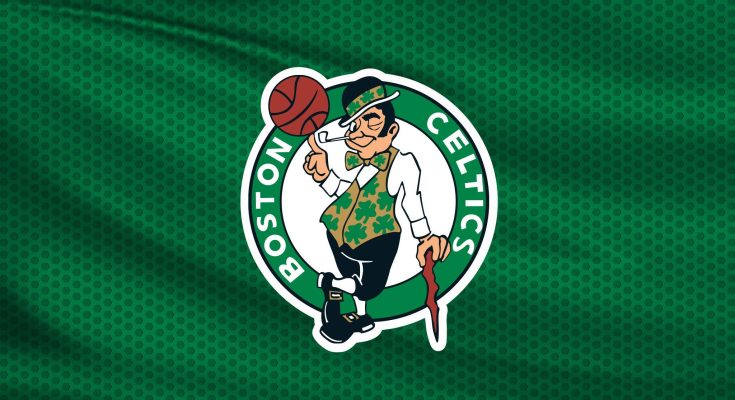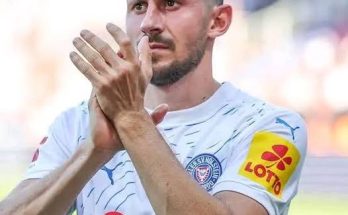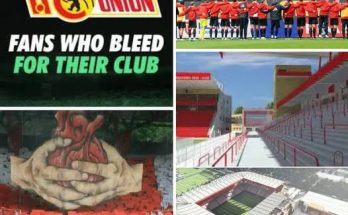The Boston Celtics, fresh off a dominant NBA championship run, find themselves entering the upcoming regular season with a uniquely balanced challenge: maintaining their veteran-driven excellence while integrating emerging talent from the Summer League. While the Celtics boast one of the deepest, most experienced rosters in the league, the front office and coaching staff have also prioritized identifying and developing young, cost-controlled talent who can contribute in meaningful ways when called upon. Summer League, as always, offers a proving ground for that next wave of contributors—players who may not headline ESPN broadcasts now, but could eventually play critical rotational roles when injuries strike, back-to-backs pile up, or the team simply needs a jolt of energy.
This summer, Boston’s Summer League squad was more than just a formality. It was a stage for fringe players, rookies, and G League standouts to demonstrate their understanding of Celtics basketball: versatile defense, intelligent decision-making, high-motor hustle, and timely shot-making. While Jayson Tatum, Jaylen Brown, Jrue Holiday, and Kristaps Porzingis remain the unquestioned leaders of the team, the Celtics’ regular season success may partially hinge on how well the Summer League’s brightest stars can carry over their momentum into limited but important minutes during the 82-game grind.
One name that stood out throughout Summer League action was JD Davison. The former Alabama point guard is not new to the Celtics organization, having spent time bouncing between the Maine Celtics and the NBA bench the past two seasons. But this summer was different. Davison appeared more poised, more in command of the offense, and far more selective with his shot attempts. In a league often dominated by chuckers and highlight-hunters, Davison brought a measured approach, showing off improved court vision and enhanced decision-making. He consistently pushed the pace without being reckless, threaded assists through tight windows, and proved more reliable as a spot-up shooter than in previous years.
What’s crucial for Davison’s chances in the regular season isn’t just talent—it’s fit. The Celtics have undergone a subtle retooling of their bench, particularly at the point guard position, and there is now a clearer path for someone like Davison to claim minutes in certain matchups. While he’s still not likely to crack the core eight-man rotation in playoff time barring injuries, the Celtics will have to manage the wear and tear on Holiday and Derrick White over the course of the season. With Payton Pritchard already slotted in as a reliable backup guard, Davison may find himself leapfrogging into the ninth or tenth spot in the pecking order, particularly in blowouts or when the Celtics opt for rest-heavy lineups. His familiarity with the team’s system, coupled with a newly found maturity in his game, makes him one of the top candidates to see real NBA floor time when the grind begins.
Another Summer League standout who could see regular season integration is Neemias Queta. The big man made a solid impression last season in limited NBA stints and continued that upward trajectory during the summer circuit. What stood out most wasn’t just his size—though his 7-foot frame and long reach remain elite—but his mobility, rim protection, and much-improved hands in traffic. He ran the floor better than most bigs, set devastating screens, and rolled hard to the rim, showing an understanding of his role within a team not designed around his skillset.
The Celtics, despite having Porzingis and Al Horford in their big man rotation, must remain cautious with minutes and physical demands on both. Porzingis’ injury history, in particular, makes it imperative for Boston to have plug-and-play options in the frontcourt. Luke Kornet has been solid, if unspectacular, but Queta offers a slightly different flavor—a more dynamic vertical threat and a more physical presence in the paint. While he may not offer the shooting stretch of a Horford or the finesse of Porzingis, Queta’s motor and rim deterrence could give the Celtics a situational weapon, especially during back-to-back sets or when playing against interior-heavy teams.
Perhaps the most intriguing storyline coming out of Boston’s Summer League campaign was the play of rookie wing Anton Watson. Coming out of Gonzaga, Watson wasn’t seen as a flashy draft pick, but what he’s shown in Summer League has been a classic case of the intangibles rising to the surface. Watson plays a brand of basketball that is mature beyond his years. He defends multiple positions, cuts hard without the ball, talks on defense, and plays within himself. His numbers don’t scream superstar, but his impact is undeniable. In several games, it was Watson who shifted momentum with a defensive stop, a well-timed pass, or an offensive rebound that extended a possession.
Watson fits the archetype the Celtics have long coveted in their wing rotation—long, versatile defenders who don’t need the ball to contribute. While it may be ambitious to expect him to crack the regular rotation early, his skillset aligns closely with how Boston wants to play. Injuries to Sam Hauser or foul trouble for wings like Brown or Tatum could open short windows of opportunity, and Watson has already proven he won’t be overawed by the moment. Given Boston’s history of inserting young players like Grant Williams into meaningful games once they prove themselves reliable, Watson’s ceiling may be higher than most anticipated.
Then there’s the case of Juhann Begarin, the French wing who finally made his long-awaited Summer League appearance after multiple years of overseas development. While Begarin remains a raw prospect in many areas, what he did show in Las Vegas suggests he may not be that far away from contributing. His athleticism pops off the screen. He’s long, fast, and aggressive—traits that are impossible to teach. He guarded multiple positions effectively, jumped passing lanes with anticipation, and even hit some timely outside shots. The question for Begarin is not physical tools, but decision-making and consistency. If he can tighten his handle, refine his shot mechanics, and adjust to the pace of NBA-level reads, there’s a pathway for him to eventually become a two-way contributor. While a two-way contract or another year of development with Maine seems most likely, don’t be surprised if the Celtics call his number in January or February when the inevitable roster crunch happens.
Jordan Walsh, the second-year forward out of Arkansas, also used Summer League as a platform to show his continued evolution. Walsh’s rookie campaign was one of flashes—moments where he looked like a potential lockdown defender—but inconsistency and a lack of offensive polish kept him from becoming a mainstay in the rotation. This summer, however, Walsh looked stronger, more confident, and far more assertive on both ends of the floor. He hit threes with more regularity, attacked closeouts with purpose, and showed a better understanding of when to pick his spots. His defense remains his calling card—relentless, instinctual, and disruptive—and on a team that values perimeter defense as much as Boston, that’s a major plus.
With Boston losing players like Oshae Brissett and possibly tightening their wing depth, Walsh could easily fill that niche role of energetic, defensive-minded wing off the bench. While he may not get nightly minutes, expect him to be the kind of player Joe Mazzulla trusts in specific defensive assignments, especially against long, athletic teams. He may never be a 20-point scorer, but if he can be a versatile, switchable defender who knocks down corner threes, his value skyrockets.
There’s also the question of how much Boston wants to experiment during the regular season. With an eye toward long-term sustainability and load management for their veterans, the Celtics may opt to give real chances to Summer League players during stretches when rest becomes a priority. The Eastern Conference, while competitive, has enough nights where the Celtics can afford to throw unconventional lineups on the floor without jeopardizing seeding. Games against rebuilding teams or early-season contests may provide opportunities to test out combinations that include Davison, Watson, Queta, and Walsh. Doing so doesn’t just prepare the team for depth emergencies—it builds institutional confidence and accelerates player development.
Of course, all this depends on health and performance from the core roster. If everyone stays healthy, Boston may not have to lean too heavily on Summer League graduates. But the beauty of this Celtics roster lies in its flexibility. There is a plan in place for nearly every contingency. If a veteran goes down or needs time off, the next-man-up mentality isn’t just a slogan—it’s been baked into the franchise’s culture. And with the current CBA encouraging teams to find value in rookie deals and two-way contracts, players like Davison, Queta, and Watson become invaluable assets.
There is a quiet confidence in Boston’s approach. They’re not just aiming to win now—they’re building a sustainable model of competitiveness. Summer League, once viewed as a post-draft afterthought, has become an integral part of that strategy. For every championship-caliber veteran on the Celtics’ roster, there’s a hungry young player waiting in the wings, battle-tested in Vegas and ready for the bright lights of TD Garden. Some will spend most of their time in Maine. Others will suit up nightly in street clothes, learning by osmosis. But a select few—those who stood tallest in Summer League—will get their chance when it matters. And if the Celtics are to repeat as champions, those small, often-overlooked contributions might just be the difference.



